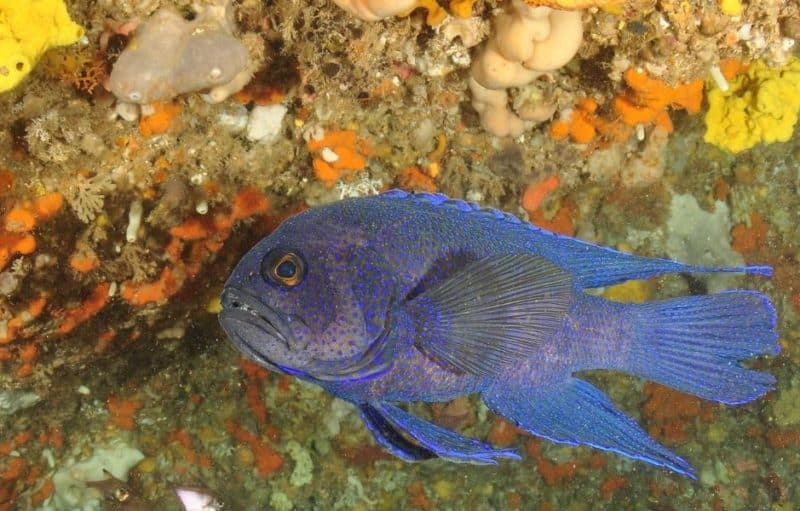PARK WATCH Article December 2021 |
New rules opening up publicly owned waterways may result in improved environmental outcomes. By Executive Director Matt Ruchel.
In early August, the Andrews Government had a bit of re-think on its approach to rolling out of open slather camping on publicly owned river frontages. The tweaked policy in the new regulations helps deal with at least some of the significant concerns from environment groups, Traditional Owners and farmers about the plans to open up thousands of kilometres of ‘Crown water frontages’ to camping. Read ‘Camping with cows‘ from the June Park Watch.
Rules for camping on river frontages from 1 September 2021 are set out in the Land (Regulated Watercourse Land) Regulations 2021.
Camping is only permitted on licensed Crown land river frontages that have been assessed and designated as suitable. The ministerial media release stated:
“Camping will only take place on suitable sites, with a rigorous assessment process applied to ensure sites will be safe for camping, with environmental and agricultural impacts considered as well as any impact on Aboriginal cultural heritage.”
Up to 27 sites along the Goulburn, Broken, Ovens, Campaspe, Loddon and Murray rivers are currently being assessed, with hundreds more to follow.
According to an email from the Department of Environment, Land, Water and Planning to those who made submissions to the consultation, it also includes the proviso that: “In areas where there is a riparian management licence, or licence for the purpose of conservation, these will not be included as possible camping areas for further assessment”.
The changes are important move to towards ensuring our publicly owned waterways are properly managed for all their values, not just recreation and or grazing. The recognition of the riparian licences, which is an alternative to potentially damaging and antiquated grazing licences, is an important shift. Currently only about 15-20 per cent of the 17,000 kilometres of currently licenced river frontage are under riparian licences. Riparian licenses may now be a more attractive option for some adjacent landholders to adopt to avoid public camping. Riparian Licences are certainly better option for the environment than grazing licenses.
Riparian management licenses were created when the current state government allocated $10 million in 2015/16 and a further $30 million from 2016/17 to 2019/20 to implement the Regional Riparian Action Plan. This funding was for on-ground riparian works such as stock management fencing, revegetation, weed management and provision of infrastructure to support off-stream stock watering for licence holders. Part of the deal for funding was often changing licences from grazing to riparian.
Environment groups including the Victorian National Parks Association campaigned for this package which became a 2014 election commitment by the Andrews Government.
Key outcomes achieved between 2015–2020 include the protection and improvement of:
- nearly 3,500 kilometres of riparian land (140 per cent of the five-year action plan target)
- over 53,000 hectares of riparian land (190 per cent of the five-year target)
Preliminary ecological monitoring also shows that where works were undertaken the following significant changes in vegetation condition attributes were found:
- total native vegetation cover increased ~2-fold;
- native species richness increased ~1.5-fold;
- planted and natural woody recruits increased ~9-fold;
- woody weed abundance decreased to almost zero at most sites;
- bare ground cover did not increase as found in unmanaged sites.
Even though the Regional Riparian Action Plan exceeded its targets and was largely well-received, the specific funding for the program was cut two years ago. Some money still exists, but it is not guaranteed that it will be spent on riparian land. The work was far from finished and the program and its specific funding should be reinstated to at least its earlier funding levels for the 20-25 years worth of work still to be done before all Crown land river frontages would be completed.
What is a riparian management licence?
A riparian management licence for a Crown land water frontage recognises that all or part of the frontage is being managed by a licensee to protect and improve the riparian environment (e.g. fenced out and supporting native vegetation).
A riparian management licence is typically generated through the conversion of an existing grazing licence as part of an agreement between a landholder and a Catchment Management Authority (CMA) for undertaking riparian
protection and improvement works such as fencing and revegetation.
Did you like reading this article? You can read the latest full edition of Park Watch magazine online here.
Want to be kept up to date about this and other nature issues in Victoria? Subscribe to our email updates.
You can also receive our print magazine Park Watch four times a year by becoming a member. Find out more here.
